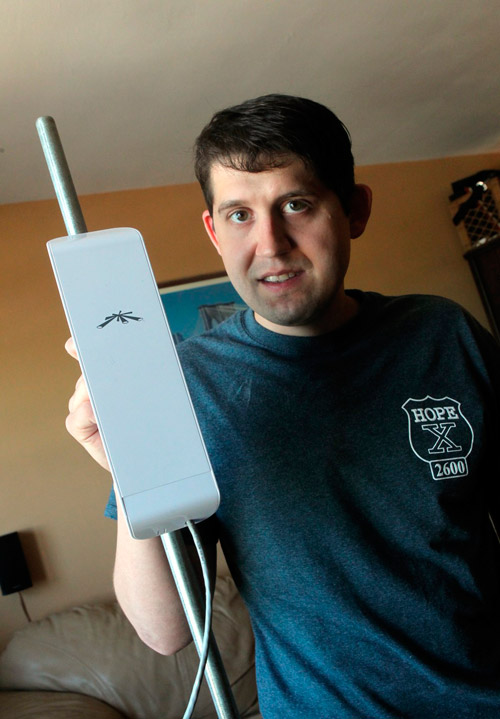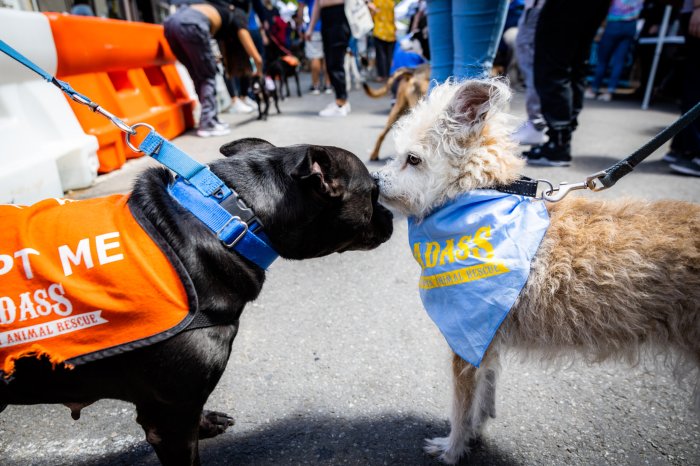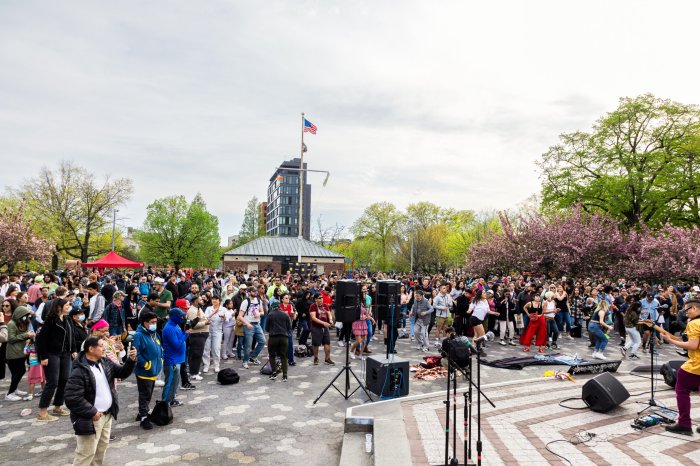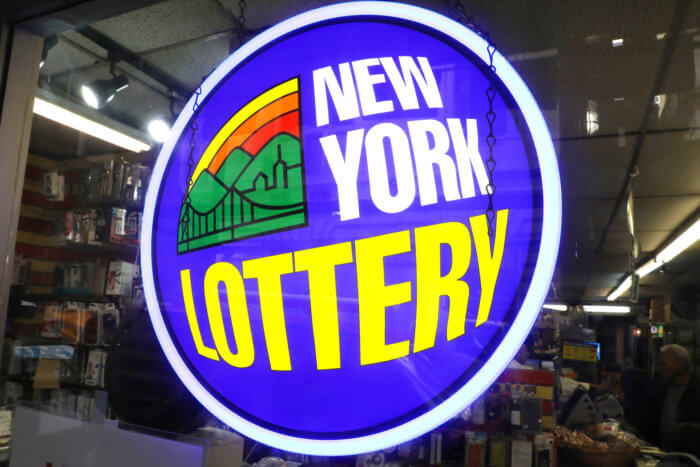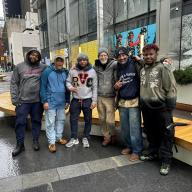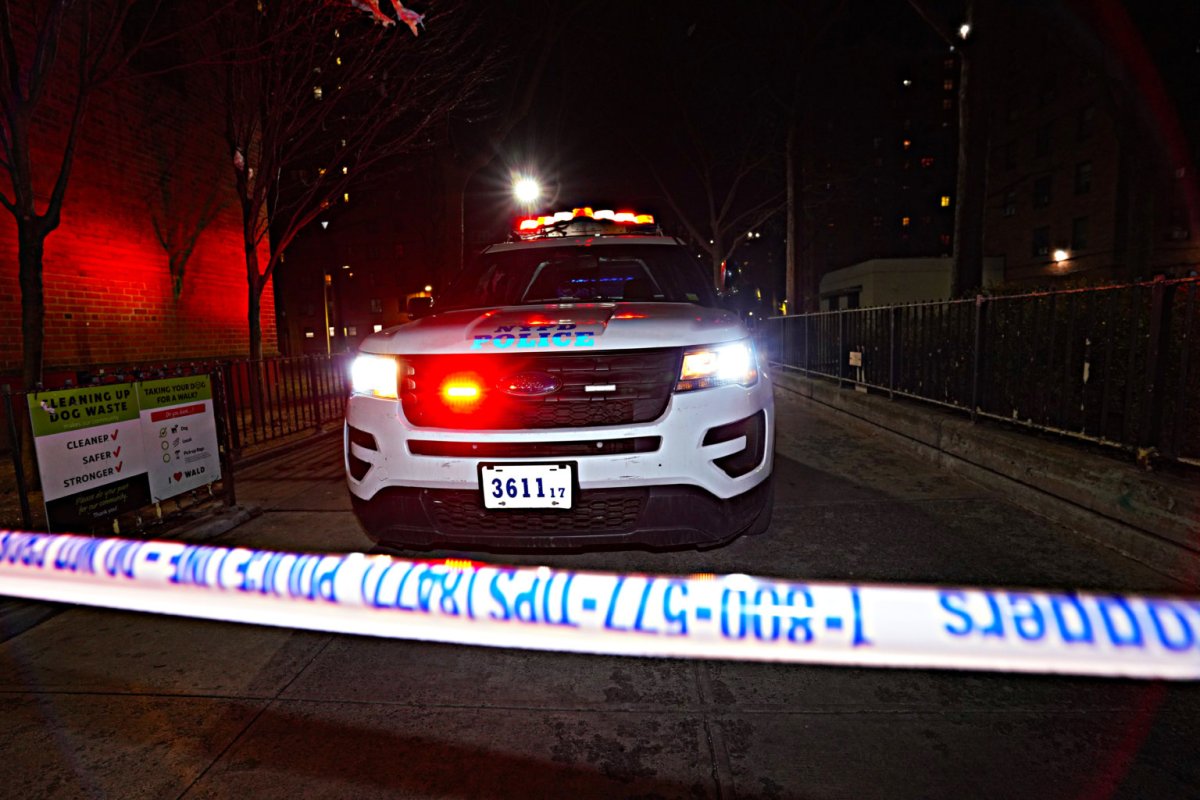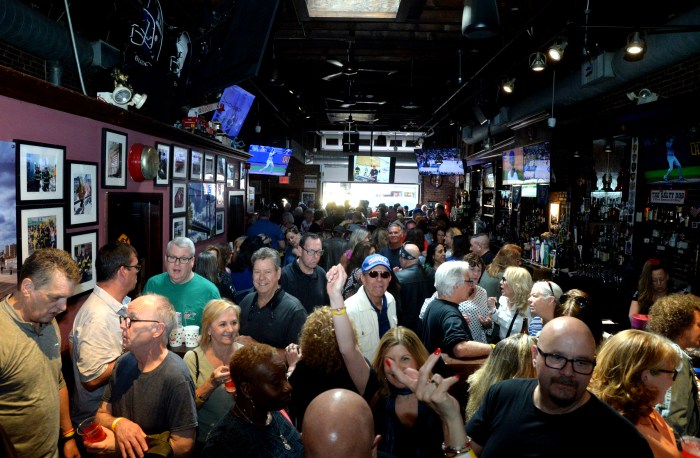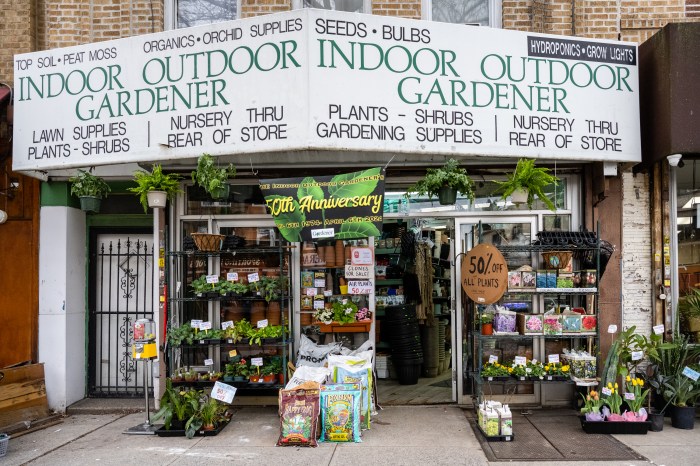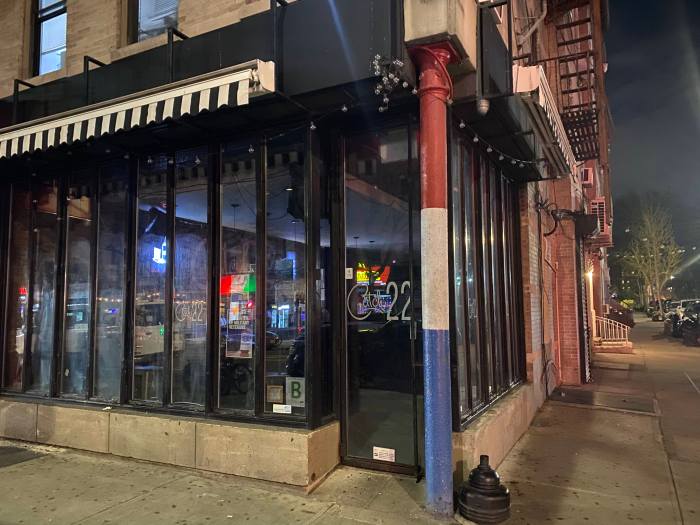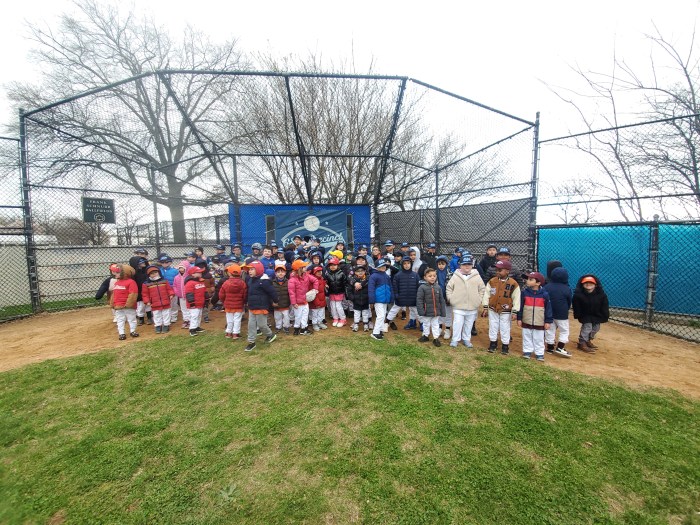Many hands make light-speed network.
A group of techies aiming to build a citywide, community-owned wifi network is making inroads into Bay Ridge. Called NYC Mesh, the network links computers together using standard wifi routers — allowing users to share internet connections, set up openly accessible community message boards, and even communicate with one another when internet service is not available.
NYC Mesh installed a router — also called a “node” — in a Bay Ridge apartment last month. The main motivation for joining is cutting the cable from major Internet providers, one designer said.
“It’s not Time Warner, it’s not Comcast — it’s getting away from the telecom oligopolies,” said Brian Hall.
The basic equipment costs $22, there are no monthly service fees, NYC Mesh volunteers will help install the equipment, and there’s basically no upkeep, another designer said.
“Once it’s set up, it really should just run,” said Ridgite Daniel Grinkevich, a cybersecurity engineer who installed the system in his 71st Street home in April. “You might need a reboot every once in a while, but that’s it.”
Mesh differs radically from traditional Internet.
Traditional Internet works like a post office, according to Elisa Duggen, a San Francisco tech engineer. First, someone drops a message in the mailbox. Then the post office (akin to an Internet service provider) takes the message to a central location, processes it, and delivers it to its destination.
But mesh networks are more like students passing notes across a classroom, according to Duggen. A kid writes a note and passes it to the person next to him, who passes it to the person next to him, and so on. The note reaches its destination after a series of hand-offs, and each student has some role in both routing and transmitting the message, she said. And if one student is too busy studying or snoozing to pass the note, it can be routed around him.
Since mesh doesn’t rely on a central distributor, it is ideal for keeping people connected in emergency situations where parts of the city lose power or Internet, designers said.
The Red Hook Initiative, a community group, created a mesh network that maintained local Internet access during Hurricane Sandy — even though most of the neighborhood went dark.
“Everything else was down — Time Warner, Cabelvision,” said Tony Schloss, a director with the initiative. “Tons of people from NYCHA came to [the Red Hook Initative] to get services and support — and one was a wifi network they could use to let family members know they were okay and apply for disaster relief benefits.”
Aside from emergency preparedness, mesh networks can provide low-cost access to low-income communities that are typically less Internet-connected, he said.
In the future, mesh networks in Red Hook, Carroll Gardens, and even Bay Ridge could link up, said Schloss.
“A robust network of networks is a really good goal for us to have as a city,” he said.
NYC Mesh’s introduction to Bay Ridge comes as the city and private partner CityBridge roll out a scheme called LinkNYC that will replace pay phones with kiosks offering free, ad-funded wifi.
The two systems could work in tandem, with LinkNYC kiosks providing Internet access and mesh networks delivering that signal to all corners of the city, according to a spokesman for the tech consortium implementing the plan.
“In terms of meshing the two, I think it’s certainly possible, and I think it’s a conversation we’d love to have,” said Jeff Maki, a director at one of consortium CityBridge’s member organizations. “That would be a great user experience.”
CityBridge has already met with some mesh operators, including the Red Hook Initiative, to discuss the plan, Maki said.
The city is expecting the first LinkNYC kiosks to come online by the end of the year. In the meantime, mesh programs are expanding. Over the last year, NYC Mesh has installed four nodes in Brooklyn and 21 in Manhattan.
For mesh networks, the more nodes, the higher the network bandwidth. After a year of operation, NYC Mesh is hitting a tipping point, Hall said.
“We’re reaching that stage where its just getting useful in Manhattan and in Brooklyn,” he said.
At the moment, Grinkevich is the only node in Bay Ridge, meaning he can’t make much use of the system until more locals set up routers.
“Its pretty lonely,” he said. “I really wish more people would join.”
You can request an NYC Mesh node at nycmesh.net.


